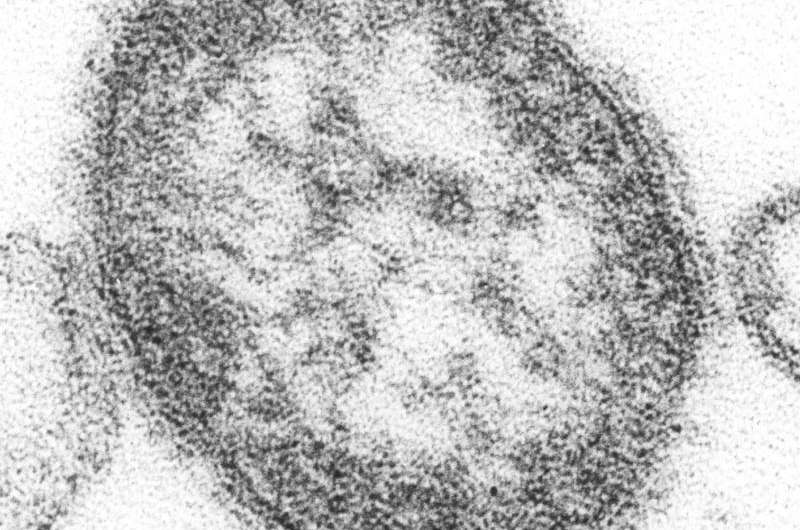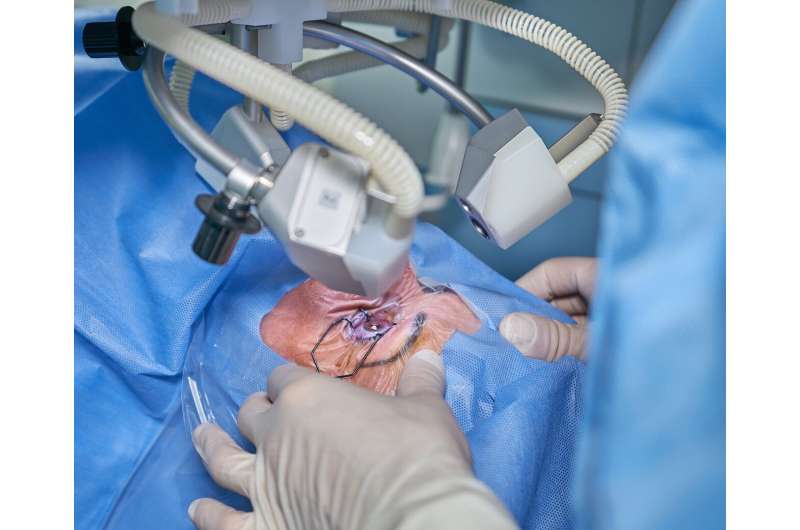Understanding the Rise in Measles Cases and How to Prevent Them

The U.S. faces its largest measles outbreak in over 30 years due to declining vaccination rates. Experts highlight airborne transmission and stress the importance of community vaccination to stop the spread.
The United States is currently experiencing its most significant measles outbreak in over three decades, with at least 1,277 confirmed cases spread across 36 states and the District of Columbia. Experts from Virginia Tech highlight the primary causes behind this resurgence and emphasize practical steps to curb the spread.
According to Linsey Marr, an environmental engineer specializing in aerosol virus transmission, the resurgence is mainly due to declining vaccination rates. Despite being considered eliminated in 2000, measles has reemerged as vaccination coverage drops. Marr explains that measles spreads similarly to COVID-19 through tiny respiratory particles capable of lingering in the air for hours, even after an infected individual has left the vicinity. These particles can be inhaled by others, leading to new infections. Historical cases from the 1980s underline this airborne transmission, where unvaccinated children contracted the virus after brief exposure in medical clinics.
The transmission of measles is predominantly driven by human behavior, such as gatherings and travel, rather than weather conditions. Lisa M. Lee, an infectious disease epidemiologist, underscores the extreme contagiousness of measles—one unvaccinated person can infect up to 20 others, surpassing the spread rate of COVID-19.
Preventing this outbreak is entirely possible through vaccination. Achieving at least 95% vaccination coverage in communities is crucial to protect the most vulnerable, particularly children. The predominant vaccine regimen includes two doses—first at 12 months of age and second between 4 and 6 years old. Adults who have not been vaccinated or previously contracted measles can still be immunized. The combined efficacy of two vaccine doses is approximately 97%, with even a single dose offering around 93% protection.
As measles cases rise, health experts advise reconsidering vaccination, emphasizing the vaccine's safety and importance. Side effects are typically mild and temporary, including slight discomfort at the injection site or mild fever, which are far less severe than complications from the disease itself. Measles can cause serious health problems, such as ear infections leading to hearing loss, vision impairment, brain inflammation, and in severe cases, death—especially in young children.
The key to stopping the spread is community-wide vaccination efforts. Achieving high immunization rates can prevent future outbreaks and protect public health. Individuals are encouraged to consult healthcare providers for accurate information and to get vaccinated promptly.
Source: https://medicalxpress.com/news/2025-07-experts-measles-surge.html
Stay Updated with Mia's Feed
Get the latest health & wellness insights delivered straight to your inbox.
Related Articles
Understanding Vascular Dementia: How Blood Vessel Health Impacts Brain Function
Vascular dementia is caused by blood vessel problems in the brain. Managing risk factors like high blood pressure, cholesterol, and lifestyle choices can help prevent this common form of dementia and preserve cognitive function.
Increase in Gun Violence in Popular Films Mirrors Rising Youth Homicide Rates in the U.S.
A recent study finds that increasing gun violence in top US movies closely mirrors the rise in firearm-related homicides among young people, highlighting media's influence on youth violence trends.
Safe and Effective Simultaneous Cataract Surgery on Both Eyes Supported by Recent Studies
Recent studies demonstrate that cataract surgery on both eyes during the same session is a safe and effective option, offering quick recovery and excellent visual outcomes for most patients.
Low Survival Rate Among Children After Out-of-Hospital Cardiac Arrest: New Findings Highlight Need for Immediate Action
New research from the University of Warwick reveals that only 1 in 8 children survive out-of-hospital cardiac arrests, highlighting the critical importance of rapid CPR and emergency response. Learn more about the latest findings and how they can inform life-saving strategies.



